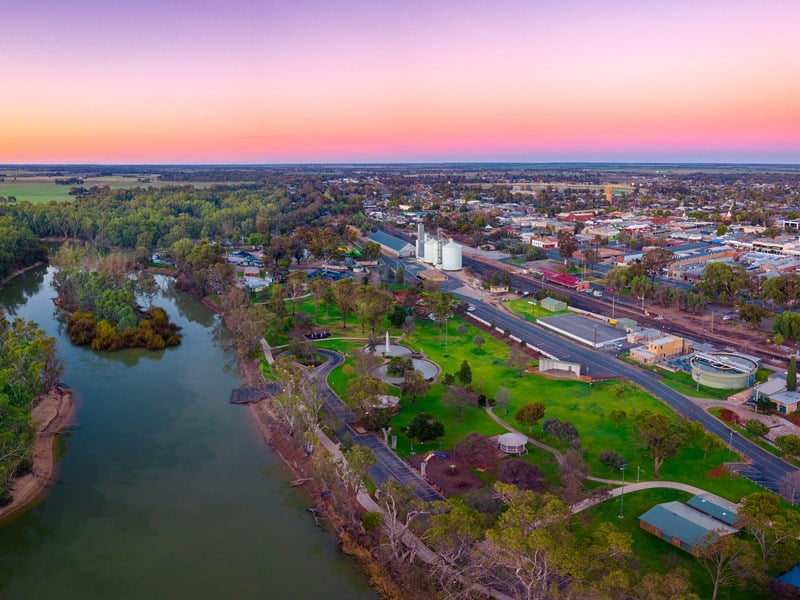Regional Victoria feeling housing shortage pressure
16 August 2023

Shaye Topaz was five months pregnant when she was given notice by her landlord.
‘We were luckier than others given that we were given three months to find somewhere new. This was pretty generous,’ she told a recent hearing for the inquiry into the rental and housing affordability crisis in Victoria.
Ms Topaz is a small business owner and mother of three who lives in Lakes Entrance.
She was one of five people from rural and regional Victoria who shared their experience of the rental market with the Legislative Council’s Legal and Social Issues Committee.
“ ‘So we have between five and probably 20 people per viewing coming to see these houses competing with each other, which is not a nice feeling in a small community. ' ”
Shaye Topaz, Lakes Entrance renter
Despite allocating an extra $100 for rent she and her partner found very few affordable homes in their area available to lease.
‘We began seeing properties. Many, many people were showing up at these viewings,’ she said.
‘So we have between five and probably 20 people per viewing coming to see these houses competing with each other, which is not a nice feeling in a small community. We all know each other. We all want each other to be happy and healthy and well, and to have housing over our heads. But here we were competing with people in the same situation as us looking for somewhere to live for their families, somewhere safe to be.’
After months of searching Ms Topaz and her family finally found a place to rent, but it was less than ideal with a narrow ladder-like staircase that she fears is a hazard to her children.
‘If we weren’t so desperate we would not have accepted this property but we really needed somewhere to live. Finding a space was emotionally and physically exhausting,’ she told the Committee.
It’s a common story across rural and regional Victoria. Bradley Thomas, Hepburn Shire Council Chief Executive Officer, told the hearing that rental stress in his area is more than 50 per cent, far higher than the state average of 12 per cent.
And, he says, that is affecting the ability of local businesses to serve the tourism industry.
‘We've had a number of examples recently, particularly in businesses not being able to open seven days a week. Just because they can get the staff but can't find housing for them,’ he said.
'So I've got multiple businesses in our community that have decided to only try four or five days a week, to reduce the number of staff that they need.’
Similar issues affect Swan Hill, where seasonal workers struggle to find suitable places to live, according to Heather Green, Director, Development and Planning for Swan Hill Rural City Council.
‘The going rate for a mattress on a floor in a house for a seasonal agricultural worker is about $150 a week,’ she said.
“ ‘The failure to provide those extra homes could mean an annual gross regional product loss ranging between $200 million and one billion dollars.’ ”
Mary-Ann Brown, Chair of Rural Councils Victoria
‘There could be 10 people living in a standard three-bedroom house. Not ideal circumstances for our workers.’
Chair of Rural Councils Victoria, Mary-Ann Brown told the Committee that rural Victoria will need 87,400 new dwellings over the next 15 years.
If supply doesn’t meet that growing demand, then the state’s economy will suffer.
‘The failure to provide those extra homes could mean an annual gross regional product loss ranging between $200 million and one billion dollars.’
The inquiry is exploring the challenges faced by Victorian renters and identifying factors contributing to the low availability and high costs of rental properties.
The Committee is also examining barriers to first home ownership and the impact this has on rental stock.
The inquiry will look at options to alleviate insecurity, increase availability, and affordability issues faced by Victorian renters. It will consider the adequacy of regulations governing the standards and conditions of rental housing, the impact of short-stay accommodation on the rental market and a range of other issues.
Transcripts of the hearing will be available on the Committee’s website shortly and the next public hearings are scheduled for 22-23 August.
The Committee intends to table its final report, including recommendations, to the Victorian Parliament by 17th November 2023.